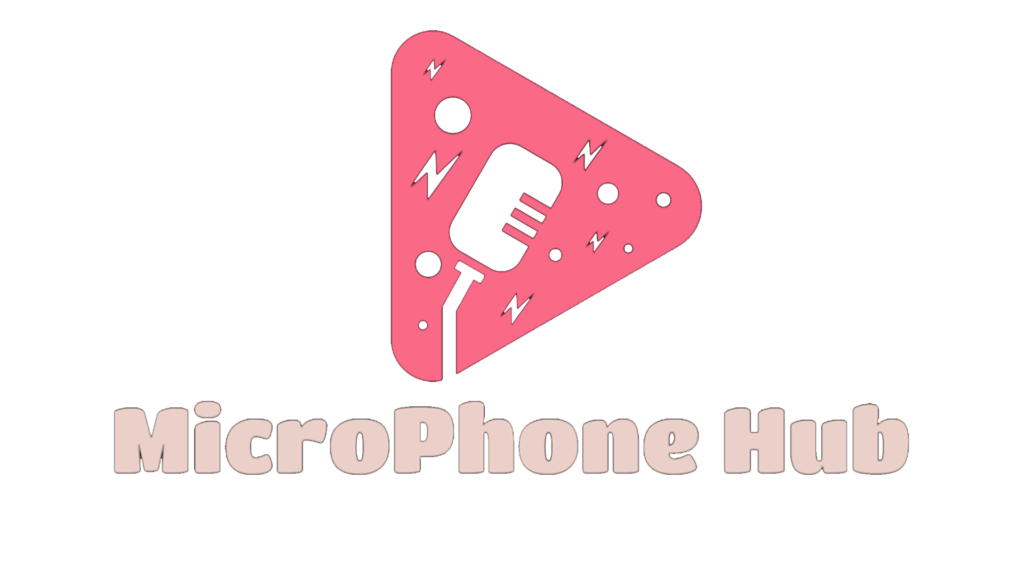Studio microphone techniques prove amazing results for producers. You can get a broader range of sounds from your recordings using different microphone techniques when recording in the studio. Different microphone setups create unique functions and features that can add exciting and creative elements to your mixes and creations.
You might think all instruments and vocals are captured using one microphone pointed directly at the source. However, to record audio, you can use a variety of setups, from one microphone to two microphones (called a stereo recording) or perhaps even three microphones for some recordings.
Audiences can ignore many things, but bad audio is the best! So, capturing it with a perfect microphone is a win-win game.
Podcast Studio Microphone Techniques to Improve Your Audio
Fixing your audio during the editing process can take much time and effort—time and energy that could be better spent creating or repurposing content or marketing your podcast.
The most effective (and most accessible) approach to getting clear audio from the start is to learn and use fundamental podcast microphone techniques.
Understanding Microphone Types
Before diving into the procedures, it is essential to understand the different types of microphones available. Dynamic, condenser and ribbon microphones are the three main categories. Each variety is suitable for a specific use and has its distinctive qualities. While condenser microphones are more sensitive and ideal for capturing finer details, dynamic microphones are reliable and often used for high-volume audio sources. Their warm and natural sound makes ribbon microphones the best studio microphone for various instruments.
Multi-Microphone Setups
Multiple microphones with a single audio source can add depth and soul to a recording. Using various microphones on guitar amps or the Mid-Side (M/S) recording method are two methods that can improve stereo imaging and provide a more engaging listening experience.
Room Acoustics
The final sound captured by studio microphones depends mainly on the acoustics of the recording room. Producers must consider the space’s size, composition and overall sound design. Finding the right balance between direct sound and room ambience can be achieved by experimenting with studio recording microphone techniques and placement, such as the “LEDE” (Live End, Dead End) design.
Mic Techniques You Should Try
Frontal Close Mic Placement
Direct placement on the axis nearby is the most common method to capture the human voice. Producers and engineers often call this “in your face.” Its advantages include proximity warmth, a leading or initial sound, clear consonant articulation, and an intimate sound. It can also have many cons, such as plosive popping, distortion, explosive crackling, lack of depth, and natural room tone.
Read More: The Best Microphone Accessories to Buy
Frontal Loose Mic Placement
Loose placement in front of the mouth is a less popular method. Due to the uneven off-axis response, most studio microphones are unsuitable for this type of use. However, if the recording room has a particular acoustic quality, a microphone studio with a smooth off-axis response may perform exceptionally well with this positioning strategy. Incorporating the room’s natural tone into your recording would be best.
Lower Chest Mic Placement
Diaphragmatic placement is another method that can be learned. This placement method cannot be easily used if a microphone studio music stand is used. This is because pointing the microphone directly at the chest cavity will make it difficult for the music stand to work and will drown out the voice with reflections.
Microphone Techniques for Studio Recording With Two Microphones
Using two microphones to record a source is a great choice. There are several ways to use two microphones:
- combining signals to increase power
- combining them to change and change the tone of the sound
To create a stereo image of sound, use one of the various approaches with a stereo microphone.
An example would be using a condenser and dynamic microphone simultaneously and mixing the two recordings to get the right sound.
This is a widespread practice when recording guitar amps. During the mixing process, you can adjust the balance of the two microphones at various points in the song. This will change the guitar’s tone and sound at different points in the music, adding interest and dynamism to the guitar’s overall sound.
Producers should experiment with these special studio microphone techniques to find the perfect blend for their unique recording and mixing purposes for capturing the ideal sound.
Using these basic studio microphone recording techniques, you can easily record high-quality recordings of any singers or instruments you want to use in your musical compositions. The type of sound you want and what you’re recording will determine whether you use one, two, or even three microphones. It’s usually a creative choice where you must figure out what works best for your recording and song.




